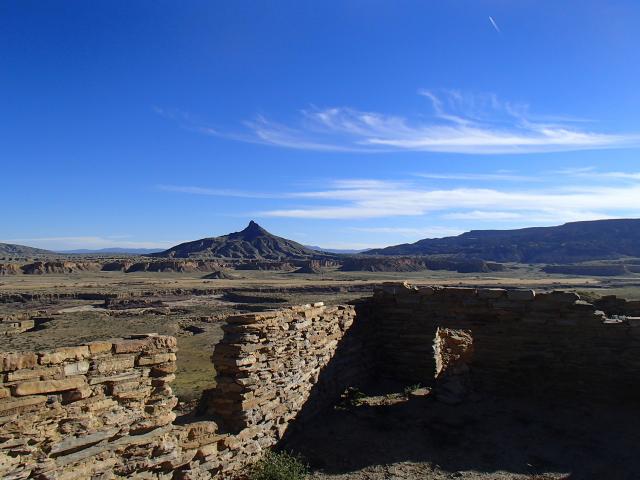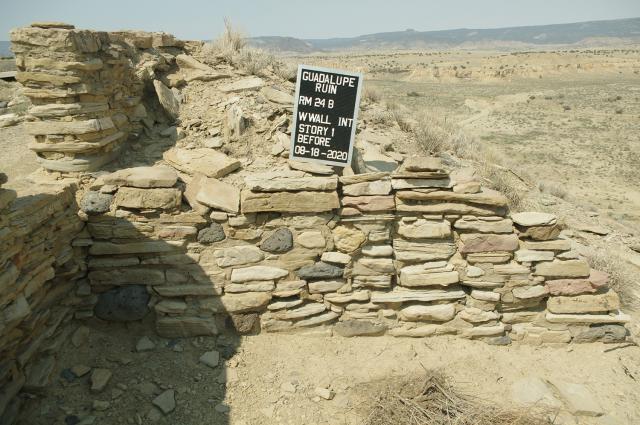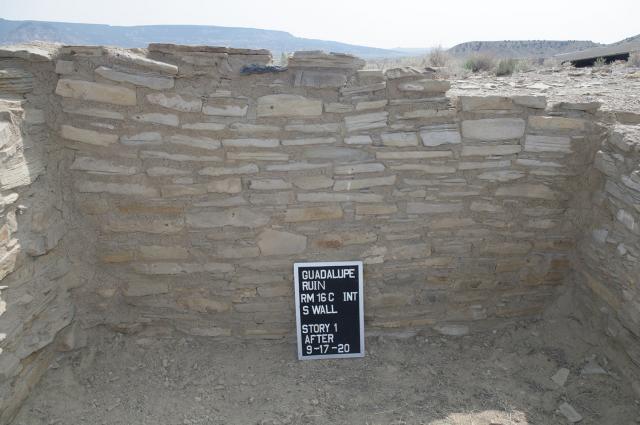Related Stories
- Agua Fria National Monument: A desert oasis with a rich history and a vital present
- Virtual adventures await: Discover six BLM public lands you can tour from anywhere
- Oklahoma Field Office staff teach Petroleum Engineer Technician course
- Carlsbad Field Office celebrates 100 years of potash
- Troop 8 feels great about protecting public lands



